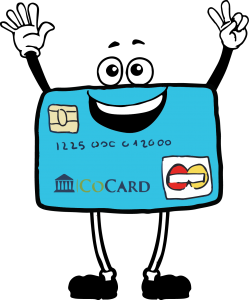COR: automated notification of change
COT: consumer operated terminal
CPC: corporate purchasing card
CPP: customer payment provider
CPS: customer payment service
CPU: central processing unit
CRM: customer relationship management
CSP: customer service provider
CTMF: combined terminated merchant file
CTO: corporate travel online
CTX: corporate travel exchange
CV: charge volume
CVC: card validation code
CVV: card verification value
DBA: doing business as
DCC: dynamic currency conversion
DDA: demand deposit account
DEK: data encryption key
DES: data encryption standard
DFI: depository financial institution
DLL: downline load
DNS: domain name system
DOJ: department of justice
DSA: digital signature algorithm
DSE: data storage entities
DSL: digital subscriber line
DSO: days outstanding
DTC: depository transfer check
DUKPT: derived unique key per transaction
D&B: dun&bradstreet
EBCDIC: extended binary coded decimal interchange code
EBIDS: electronic invoice delivery service
EBITDA: earnings before interest, taxes, depreciation, and amortization
EBPP: electronic bill presentment and payment
EBT: electronic benefits transfer
EC: electronic commerce
ECA: electronic check conversion
ECC: electronic check council
ECC: elliptic curve cryptography
ECCHO: electronic check clearing house organization
ECI: electronic commerce indicator
ECK: electronic check
ECOA: equal credit opportunity act
ECP: electronic check presentment
ECR: electronic cash register
EDC: electronic data capture
EDI: electronic data interchange
EFS: electronic financial servicers
EFT: electronic funds transfer
EFTA: electronic funds transfer association
EFTPOS: electronic funds transfer at the point of sale
EFTPS: electronic federal tax payment system
EFTS: electronic funds transfer system
EIN: employer identification number
EIP: electronic invoicing and payment
EIPP: electronic invoice presentment and payment
EIRF: electronic interchange reimbursement fee
EMS: electronic merchant services
EMV: eruopay international, mastercard international, and visa international
ENR: automated enrollment entry
EOM: end of month
E-PAY: electronic bill payment
E-POP: electronic point of purchase
EPP: encrypting pin pad
EPS: express payment service
EPURSE: electronic purse
ERP: enterprise resource program
ES: establishment services



